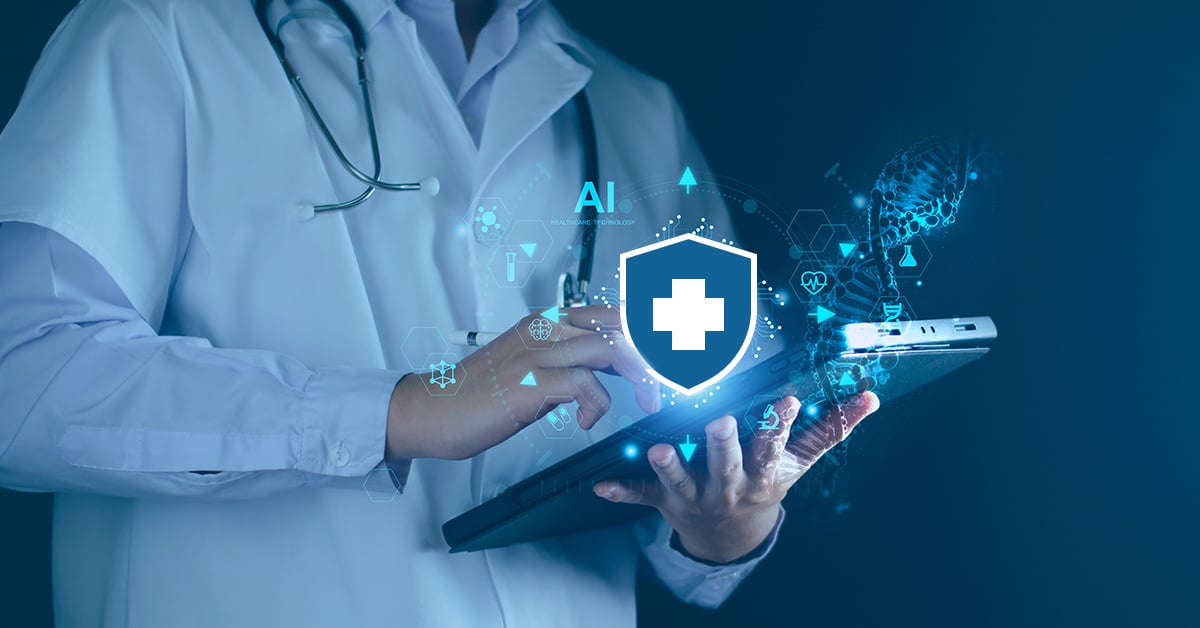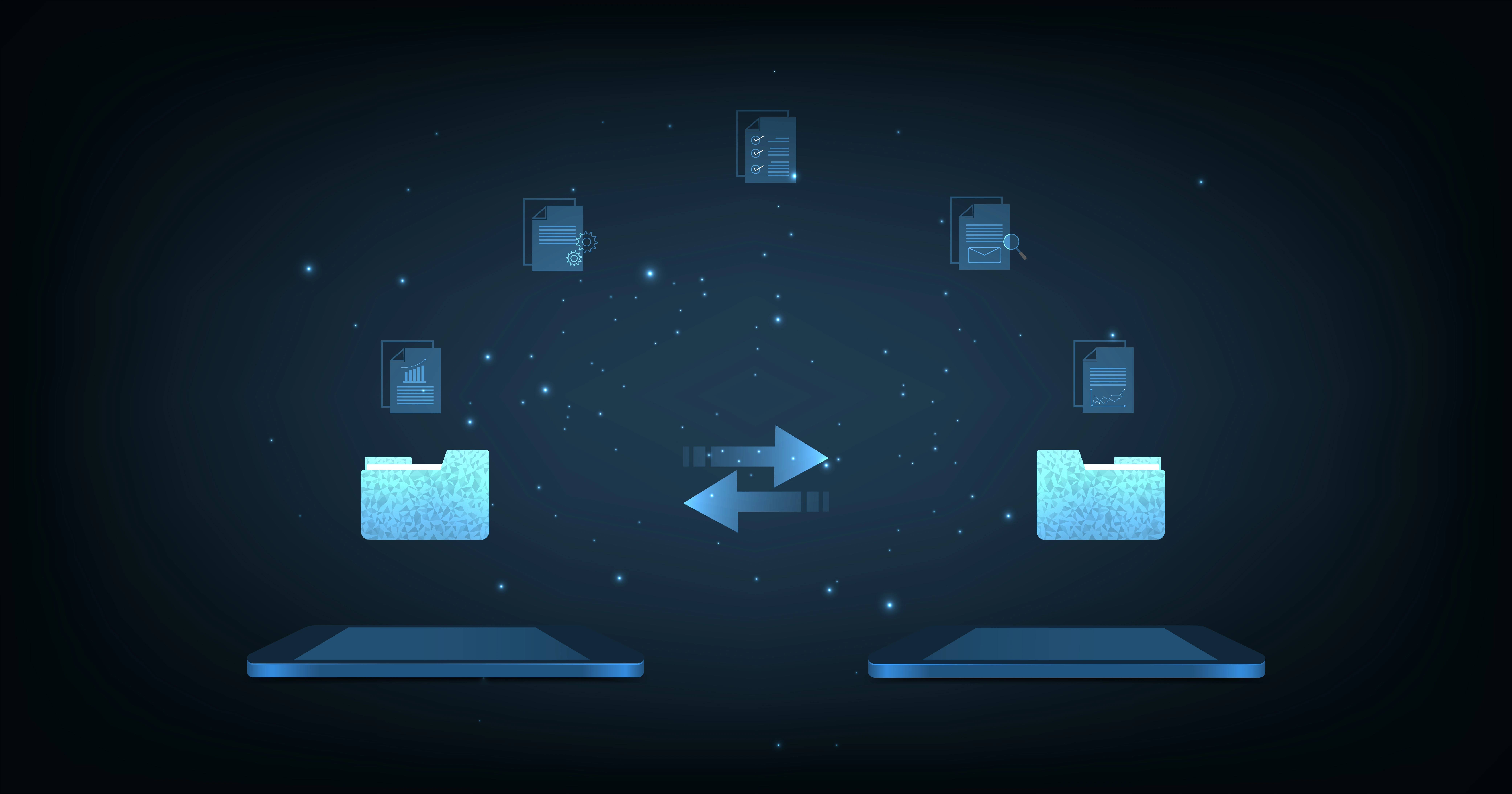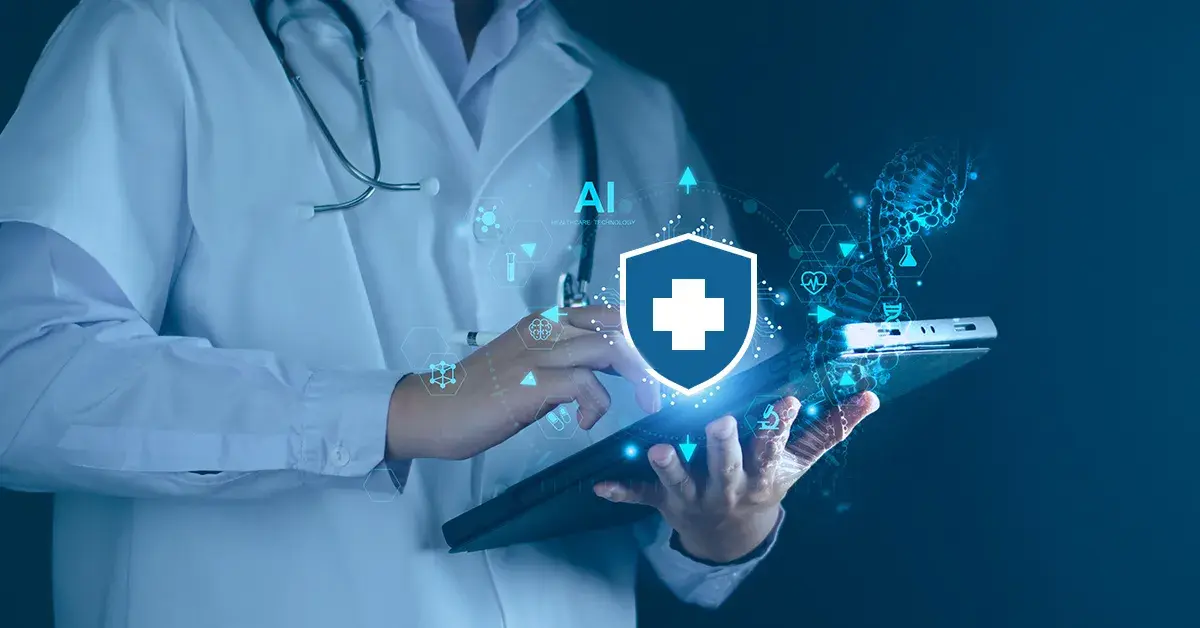Atlas Systems Named a Representative Vendor in 2025 Gartner® Market Guide for TPRM Technology Solutions → Read More

GDPR vs HIPAA Compliance: Navigate Regulations and Minimize Risk


9 min read | Last Updated: 05 Jan, 2026
TL;DR
- GDPR vs HIPAA: GDPR protects all personal data of EU residents globally; HIPAA protects only Protected Health Information within US healthcare providers, insurers, and their vendors
- Consent and penalties differ: GDPR requires explicit consent for data collection with fines up to €20 million or 4% global revenue; HIPAA has treatment-based consent, tiered penalties to $1.5M
- Data subject rights vary: GDPR grants rights to access, correct, delete, restrict, and transfer data; HIPAA allows only access and correction requests for PHI without deletion rights
- Dual compliance challenging: Healthcare SaaS companies serving US and EU patients must simultaneously meet HIPAA security rules and GDPR privacy requirements across same systems
Offlate, keeping people’s information safe is more important than ever before. Today, everything from medical records to bank details to even basic personal information is being collected and stored. That means there is a big responsibility to protect it.
Two main laws set the rules for this: the General Data Protection Regulation (GDPR) in Europe and the Health Insurance Portability and Accountability Act (HIPAA) in the United States. Both are about keeping information private, but they focus on different kinds of data and different industries. If your business works with patient records, is in healthcare, or has customers in both the US and Europe, you might have to follow both.
Knowing the difference between GDPR and HIPAA is about keeping people’s trust, following the law, and making sure sensitive information is handled the right way.
In this blog, we will go over what each law covers, how they are different, and what that means for your business. Whether you are in tech, health or compliance, this guide will definitely help you understand how each law works and what it means for your business.
What is GDPR?
The General Data Protection Regulation (GDPR) is a privacy law from the European Union (EU). It started in 2018 and applies to any business that collects, stores, or uses personal data of people living in the EU no matter where the business is based. I your company has information about EU residents, you must follow GDPR, even if you’re outside Europe. This is called its “extraterritorial reach.”
Following GDPR means following some clear rules:
- Ask for permission before collecting someone’s data.
- Only collect the data you really need.
- Let people see, correct, or delete their data if they want.
- Be clear about how you use the data and take responsibility for protecting it.
To comply, companies need to have a privacy policy, keep records of how they use data, check for risks, and report any data leaks quickly. GDPR gives people more control over their information and is now seen as a global model for privacy laws.
Read: CCPA vs GDPR: Key Differences and Similarities
What is HIPAA?
The Health Insurance Portability and Accountability Act (HIPAA) is a U.S. law created in 1996 to protect sensitive health information. Unlike GDPR, which covers all personal data, HIPAA only focuses on health-related information, called Protected Health Information (PHI), like medical records, lab test results, prescriptions, insurance details, billing information, and even identifiers like a patient’s name, address, or Social Security number when linked to health data.
HIPAA applies to two main groups:
- Covered entities include hospitals, doctors, clinics and insurance companies.
- Business associates such as vendors or service providers who handle PHI for those entities.
However, the main goal of HIPAA is to keep patient health data private, secure, and handled correctly. It has a few key rules:
- Privacy rule means it protects patient information and gives patients certain rights over their data.
- The security rule requires strong protections for electronic PHI (ePHI), including admin, physical, and technical safeguards.
- Breach notification rule requires notifying patients, regulators and sometimes the media if a data breach happens.
To stay compliant, organizations must regularly check for risks, train staff, have clear data-handling processes, and sign agreements with partners (Business Associate Agreements) to ensure they also protect PHI.
This article may interest you: Top Compliance Management Tools & Softwares for 2025
Key Differences Between GDPR and HIPAA
Here’s a quick side-by-side look at how GDPR and HIPAA differ across key areas of data protection and compliance.
|
Aspect |
GDPR |
HIPAA |
|
Type of data protected |
All personal data (name, email, IP address, location, etc.) |
Protected Health Information (PHI) related to healthcare |
|
Jurisdiction |
Applies to data of EU residents, even if processed outside the EU |
Applies to U.S. healthcare providers, insurers, and their vendors |
|
Consent mechanisms |
Requires clear, informed, and explicit consent for data collection |
Consent depends on treatment, payment, or healthcare operations |
|
Enforcement and penalties |
Fines can go up to €20 million ($23 million) or 4% of global revenue |
Tiered penalties ranging from $100 to $1.5 million per violation |
|
Data subject rights |
Right to access, correct, delete, restrict, and transfer data |
Right to access and request corrections to health data (PHI) only |
GDPR vs HIPAA Compliance Requirements Explained
GDPR compliance means following strict rules to protect people’s personal data, especially if they are in the EU. If your business collects or uses this data, you may need to:
- Appoint a Data Protection Officer (DPO)
- Keep clear records of how you handle the data
- Do privacy risk checks (called DPIAs), and
- Have an easy-to-understand privacy policy.
You also need to make sure your third-party partners protect the data just as well as you do. On the technical side, things like encrypting data, limiting who can access it, and keeping logs of who used it are all part of staying compliant.
HIPAA compliance is for organizations in the US healthcare industry to protect patients’ medical information (called PHI). You’ll need to:
- Appoint a Privacy Officer
- Check your security regularly
- Make agreements with any vendors who handle patient data, and
- Train your staff on privacy rules
HIPAA also requires strong access controls and encryption to keep patient information safe. Keeping audit trails (records of who accessed or changed data) is also important to make sure everything is secure and accountable.
Give this a read: A Complete Guide to Cybersecurity Compliance for Businesses
GDPR vs HIPAA: Data Subject Rights and Access Control
Under GDPR, people have strong rights over their personal data. They can ask to see what data a company has about them, correct any mistakes or even request that the data be deleted completely, this is called the right to be forgotten. These rights apply to all residents of the European Union, and companies must respond within a set time.
In the US, HIPAA lets patients see their medical records (PHI) and ask for corrections if something is wrong. But unlike GDPR, it doesn’t give people the full “right to be forgotten”, meaning you can’t just ask for your data to be erased completely. The rules also work a bit differently: GDPR has strict deadlines and can give very large fines, while HIPAA has a step-by-step penalty system and mainly focuses on making sure healthcare providers take responsibility for protecting patient information.
GDPR vs HIPAA Dual Compliance Challenges for Healthcare IT
When a healthcare or telemedicine company works with both US and EU patients, things can get tricky. They need to follow HIPAA rules for US patient data and GDPR rules for EU personal data at the same time. That means one company might have to meet two different sets of privacy laws for the same system or software.
This is about how data is kept, who can see it, and what security measures are in place. Teams must be very careful about how they collect, use, and share patient information to make sure they follow both HIPAA IT compliance and GDPR compliance. If they miss something, they risk fines, lawsuits, or losing patient trust.
Atlas Systems helps simplify this challenge by offering smart compliance and risk management support tailored for healthcare organizations operating across regions.
GDPR vs HIPAA Use Cases Across Healthcare and Regulated Industries
Many healthcare software companies today work with both European and American customers. These are called Healthcare SaaS (Software as a Service) companies. Because they handle sensitive patient data from different countries, they must follow both GDPR rules (for EU users) and HIPAA rules (for US users).
For example, Microsoft Azure and Salesforce Health Cloud provide cloud platforms where healthcare data can be stored and shared securely across regions. They add strong security features and privacy controls to meet both regulations.
Some Electronic Medical Record (EMR) systems, like Cerner, Epic, and Athenahealth, work with hospitals all over the world and handle patient records from different countries. This means they must let EU patients see or delete their data under GDPR, and also follow HIPAA’s privacy and security rules for US patients. By following both laws, these companies keep their services safe, trusted, and legal everywhere they work.
For example, Meddbase is a cloud-based medical software that follows HIPAA compliance in the U.S. and GDPR compliance in the EU. It uses strong data protection tools like encryption and access controls to keep patient information safe.
Stay Secure and Compliant with GDPR vs HIPAA Expertise from Atlas Systems
If your business handles personal or patient data in both the US and Europe, it’s important to understand the difference between GDPR and HIPAA. GDPR protects the personal data of people in the EU, while HIPAA protects patient health information in the US. The details may differ, but both require strong privacy practices, secure systems and careful oversight of vendors who handle sensitive data.
At the core, the goal is the same: keep information safe, follow the rules and avoid costly penalties. When you have the right security measures in place and stay compliant with both laws, you protect not just the data, you also protect your reputation and the trust of your customers.
That’s where Atlas Systems can help. With over 20 years of IT experience, Atlas provides solutions that support organizations in staying compliant and secure. Through PRIME, Atlas helps health plans and health systems strengthen compliance, improve data security, and ensure continuous monitoring. For organizations that need to manage third-party risks, Atlas offers ComplyScore, a dedicated platform for Third-Party Risk Management (TPRM).
Together, these solutions give businesses the tools they need to meet regulations like GDPR and HIPAA while maintaining ongoing compliance and accountability.
For businesses that want to go a step further, our ComplyScore® by Atlas Systems helps automate compliance tasks, monitor vendor risks, and stay audit-ready at all times.
Looking to strengthen your compliance and IT security? Connect with us today.
FAQs on GDPR vs HIPPA
1. Is GDPR stricter than HIPAA?
Yes, in many ways GDPR is stricter than HIPAA. In fact, GDPR has more rules about how personal data are to be collected, stored and used. It also gives people more control over their information. It also applies to any company that deals with data from EU citizens, even if that company is outside the EU.
2. Can a US hospital be GDPR-compliant?
Yes, however, this would be applicable if a US hospital treats patients from the EU or collects any personal data from them. In such cases, US hospitals would need to follow GDPR rules too. This means adding extra protections in place and being very clear about how data is being used.
3. Are GDPR and HIPAA interchangeable?
No, GDPR and HIPAA are not interchangeable. They are different laws. HIPAA is focused on protecting health data in the US, while GDPR is ALL about protecting all types of personal data for people in the EU. While they do have some similar goals, the rules are not the same.
4. What happens if you violate both?
Breaking the rules under both GDPR and HIPAA can be costly. You could face heavy fines and serious legal trouble. Both laws have strict penalties, especially if there’s a major data breach or if sensitive information is misused.
5. How do HIPAA and GDPR affect SaaS?
If you run a healthcare SaaS product and have users in both the US and the EU, you’ll need to follow both HIPAA and GDPR. This means putting strong security measures in place, asking for clear user consent before collecting data, and being prepared to handle privacy requests or respond quickly if there’s a data breach.
.png?width=869&height=597&name=image%20(5).png)

.png?width=300&height=175&name=Rectangle%2034624433%20(2).png)







.png?width=645&height=667&name=Widgets%20(2).png)














.png)



.webp)






